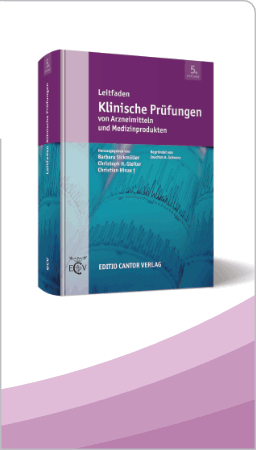Dispensing Eye Drops from Flexible Plastic Dropper BottlesPart II: Influence of the physico-chemical properties of the formulation and the manipulation technique by the patient 1)Luc Van Santvliet and Annick Ludwig University of Antwerp (U.I.A.), Department of Pharmaceutical Sciences, Laboratory of Pharmaceutical Technology and Biopharmacy, Antwerp (Belgium) In this study the influence of the physico-chemical properties of ophthalmic solutions on the dispensing of eye drops was examined. A comparison was made between drops delivered by a drop dispensing apparatus under standard conditions and by healthy volunteers. The lower the surface tension of the solution dispensed, the smaller the drop size. Less force needed to be exerted on the dropper bottle and a lower air pressure difference was created inside the bottle. Viscous solutions, on the other hand, required more force and, consequently, a higher air pressure difference. By changing the dispensing angle from 90° to 45°, the manipulation technique of the dropper bottle by the patient was simulated. At the 45° angle, the cross-sectional surface area of the outer orifice of the dropper tip was decreased resulting in a reduction in drop size. Depending on the design of the tip, the surface tension of the solution had an influence on how the drop was formed. Key words Drop dispensing · Eye drops, formulation · Ophthalmic solutions · Packaging · Surface tension · Viscosity l) Part I see Pharm. Ind. 61, No. 1, p. 92 (1999). |
| © ECV- Editio Cantor Verlag (Germany) 1999 |
pharmind 1999, Nr. 2, Seite 194




